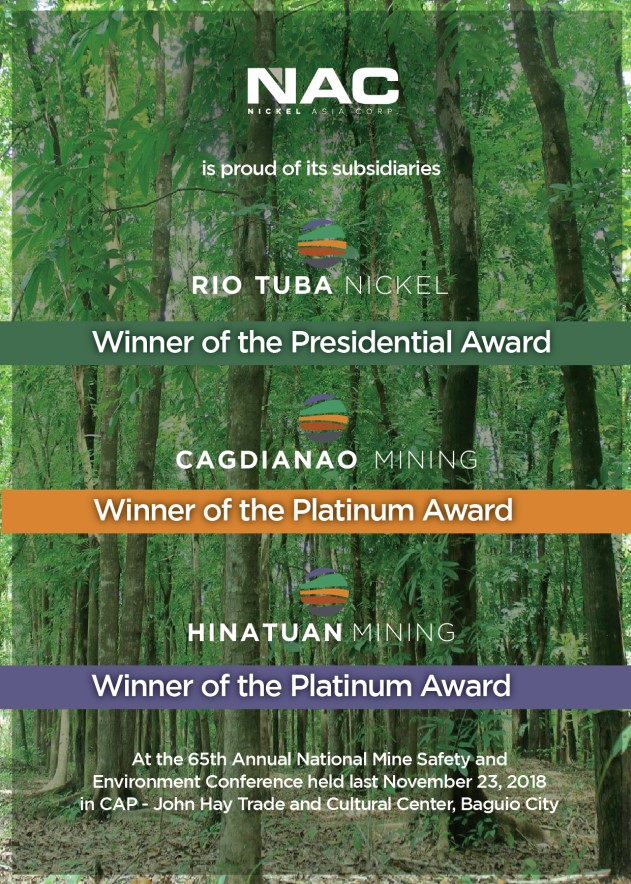BFAR’s ‘Ludong Hunters’ catch six more
DAGUPAN City‘s lone ludong – also known as banak (Cestreus plicailis) – will be lonely no more.
Three teams from the combined manpower of the Bureau of Fisheries and Aquatic Resources (BFAR) and the National Fisheries Research Development Institute (NFRDI) have caught six others of the specie, considered as the most expensive fish in the country today and listed as endangered specie, from the Cagayan River in Aparri, Cagayan.
The teams have been on a fishing and research expedition specifically for the ludong specie since the first week of October. Monday’s typhoon Paeng, which swept through the northern and central Luzon area, proved to be a boon for the researchers as the heavy rains forced the elusive fish to go downstream.
Dr. Westly Rosario, executive director of NFRDI and research center chief of BFAR in barangay Bonuan Binloc, explained that ludong is “catadramous,” meaning it grows upstream and migrates downstream to spawn. Ludong appears seasonally from October to November after heavy rains and during flashfloods and typhoons.
Rosario told The PUNCH “ludong hunters” from previous expeditions have not been as lucky in netting ludong, which is also referred to as “The President’s Fish” and is usually served to prominent personalities as a special meal.
Rosario said their catch need to be acclimatized first with their new environment before being transported to Dagupan where these will be joined to the one ludong currently housed in a big aquarium at the city’s Aquarium Building within the BFAR compound. The 1.5-kilogram solitary ludong, which was also caught in Cagayan River, has become a major attraction among tourists.
The three teams now in Cagayan River aim to catch 30 more live ludong, Rosario said, and carry out research work intended to benefit fish farmers and the country’s aquaculture industry as a whole.
Ludong currently sells at about P4,000 per kilogram, said Rosario, adding the fish is famous for its unique taste and distinct aroma. The volume of catch had been significantly waning over the years, which is why it is considered as endangered specie.
Ludong is indigenous to the Philippines, mostly found in the rivers of Caraballo, Cordillera and Sierra Madre Mountains in Luzon. -EVA







